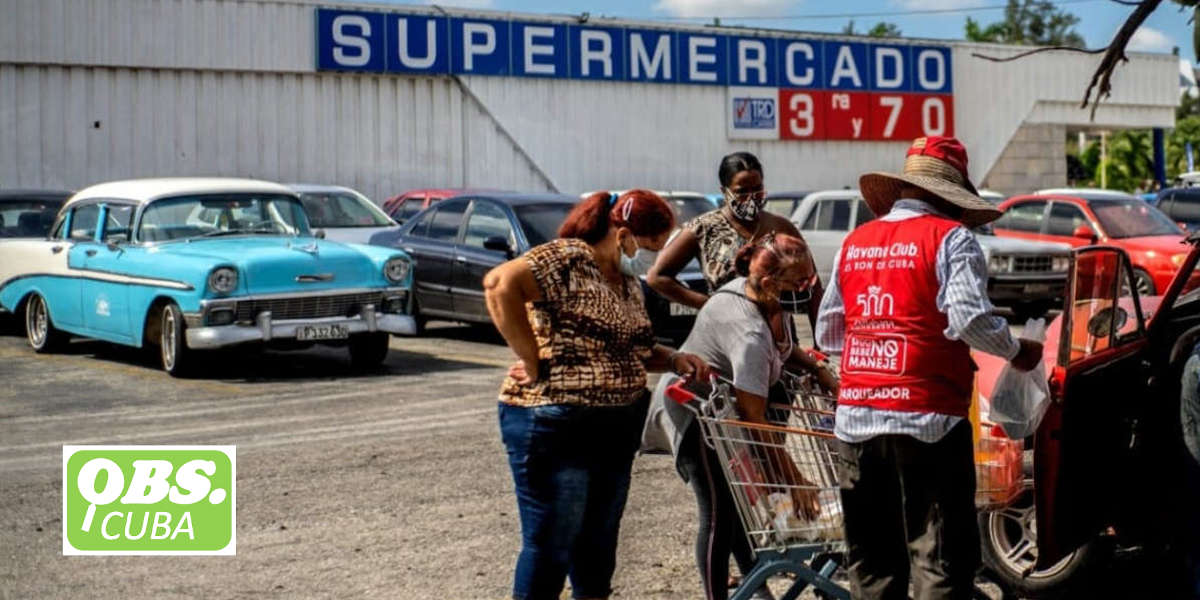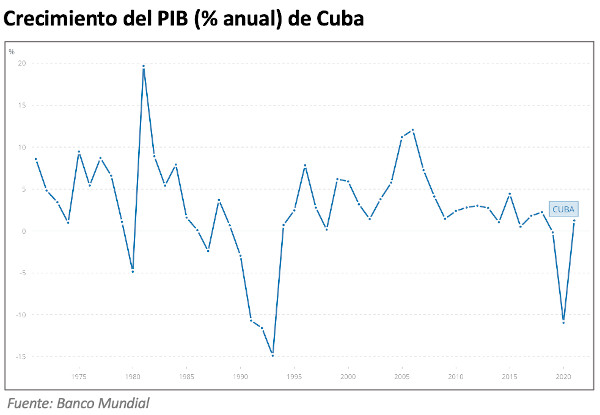In the picture
Store in MLC (freely converted currency), where you pay in dollars, in Havana [Muebles D'Cuba].
The economic reforms introduced by the government of Miguel Díaz-Canel in Cuba have so far not brought substantial progress for the island; some of them, even limited, have had counterproductive effects. The country is still going through one of the worst crises in its history. The restrictive nature of the opening and its implementation in a complicated international situation reduce the prospects for improvement, in the midst of electricity supply problems, leave sugar production and uncontrolled inflation.
Cuba has been undergoing two years of reforms without them perceptibly improving status on the island. In October 2019, Miguel Díaz-Canel became president of the country; his first package of measures was launched January 2021. In April of that year Raúl Castro took a final step back, ceding to Díaz-Canel also his post as head of the Communist Party of Cuba. The problems faced by the new Cuban leader do not help the consolidation of his leadership, far from the path of transformations that China and Vietnam have been able to implement.
At the beginning of 2021, after a year of international paralysis caused by Covid, Cuba implemented a long-overdue monetary reform. It was precisely the delay in applying it that made its implementation less effective. The island was coming from a decade of economic stagnation, with zero GDP growth between 2009 and 2018; in 2019 and 2020 there was a sharp drop in GDP, which was -10.9% in the year of the pandemic. In 2021 growth was 1.3% and the government claims to have Closed 2022 with a 2% increase. But that slight improvement has been nullified by high inflation: the Government speaks of inflation of 77.3% in 2021 and 37.2% in 2022, although independent experts raise it to 270% or even 470%, figures that place Cuba as the most inflationary American country after Venezuela.
The U.S. sanctions, increased by Donald Trump and very little alleviated by Joe Biden, do not contribute to economic progress, but neither are they a reason for the ineffectiveness of the reforms promoted by Díaz-Canel.
The monetary reform consisted of three interrelated measures: (i) the Tarea Ordenamiento, which involved the suppression of the Cuban convertible peso (CUC), the establishment of a new official exchange subject devalued Cuban peso (CUP) and the reform of prices and wages and pensions; (ii) the implementation of the network of establishments with freely convertible currency (MLC Stores), in order to eliminate the monetary duality in Cuba; and (iii) the creation of a new exchange market, in order to combat the existence of a black market.
The Ordering Task has not been successful because in order to achieve the desired effect, the productive forces should have been liberated, prices should have been liberalized and a free market should have been established business governed by supply and demand, something that the Cuban regime is not willing to assume. Not only has such an opening not taken place, but the monopoly of the military in certain economic sectors has remained intact, and they are in charge of a vast network of subsidiary and inefficient state enterprises through the consortium group de Administración Empresarial, S.A. (Gaesa).
In reality, the dual currency (dollar and Cuban peso) has not been eliminated and the country continues to operate with three markets: the state market, managed in pesos; the informal market, which operates in dollars and pesos; and the dollarized market, almost 95% of which is controlled by Gaesa, and which, given its Issue , has been a covert dollarization of the island.
The measures began to be implemented at a time of great instability in the country, which generated even greater concern; contrary to expectations, the reform had a negative effect, because as the minimum wage and pensions were raised, the prices of products also rose. This caused the Cuban peso to devalue rapidly. Workers' salaries lost 400% of their nominal value in one fell swoop; today Cubans are 700 times poorer than when the Ordinance Task began. Social discontent generated in the summer of 2021 the serious citizen protests seen in several Cuban cities, which were harshly repressed.


